Entry Database : PDB / ID : 2djyTitle Solution structure of Smurf2 WW3 domain-Smad7 PY peptide complex Mothers against decapentaplegic homolog 7 Smad ubiquitination regulatory factor 2 Keywords / / / / Function / homology Function Domain/homology Component
/ / / / / / / / / / / / / / / / / / / / / / / / / / / / / / / / / / / / / / / / / / / / / / / / / / / / / / / / / / / / / / / / / / / / / / / / / / / / / / / / / / / / / / / / / / / / / / / / / / / / / / / / / / / / / / / / / / / / / / / / / / / / / / / / / / / / / / / Biological species Homo sapiens (human)Method Authors Chong, P.A. / Lin, H / Wrana, J.L. / Forman-Kay, J.D. Journal : J.Biol.Chem. / Year : 2006Title : An Expanded WW Domain Recognition Motif Revealed by the Interaction between Smad7 and the E3 Ubiquitin Ligase Smurf2.Authors : Chong, P.A. / Lin, H. / Wrana, J.L. / Forman-Kay, J.D. History Deposition Apr 6, 2006 Deposition site / Processing site Revision 1.0 May 2, 2006 Provider / Type Revision 1.1 Apr 30, 2008 Group Revision 1.2 Jul 13, 2011 Group Revision 1.3 Mar 9, 2022 Group / Database references / Derived calculationsCategory database_2 / pdbx_nmr_software ... database_2 / pdbx_nmr_software / pdbx_struct_assembly / pdbx_struct_oper_list / struct_ref_seq_dif Item _database_2.pdbx_DOI / _database_2.pdbx_database_accession ... _database_2.pdbx_DOI / _database_2.pdbx_database_accession / _pdbx_nmr_software.name / _struct_ref_seq_dif.details Revision 1.4 May 29, 2024 Group / Category / chem_comp_bond
Show all Show less
 Open data
Open data Basic information
Basic information Components
Components Keywords
Keywords Function and homology information
Function and homology information Homo sapiens (human)
Homo sapiens (human) Authors
Authors Citation
Citation Journal: J.Biol.Chem. / Year: 2006
Journal: J.Biol.Chem. / Year: 2006 Structure visualization
Structure visualization Molmil
Molmil Jmol/JSmol
Jmol/JSmol Downloads & links
Downloads & links Download
Download 2djy.cif.gz
2djy.cif.gz PDBx/mmCIF format
PDBx/mmCIF format pdb2djy.ent.gz
pdb2djy.ent.gz PDB format
PDB format 2djy.json.gz
2djy.json.gz PDBx/mmJSON format
PDBx/mmJSON format Other downloads
Other downloads 2djy_validation.pdf.gz
2djy_validation.pdf.gz wwPDB validaton report
wwPDB validaton report 2djy_full_validation.pdf.gz
2djy_full_validation.pdf.gz 2djy_validation.xml.gz
2djy_validation.xml.gz 2djy_validation.cif.gz
2djy_validation.cif.gz https://data.pdbj.org/pub/pdb/validation_reports/dj/2djy
https://data.pdbj.org/pub/pdb/validation_reports/dj/2djy ftp://data.pdbj.org/pub/pdb/validation_reports/dj/2djy
ftp://data.pdbj.org/pub/pdb/validation_reports/dj/2djy Links
Links Assembly
Assembly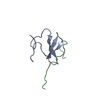
 Components
Components Homo sapiens (human) / Gene: SMURF2 / Plasmid: pGEX6P1 / Species (production host): Escherichia coli / Production host:
Homo sapiens (human) / Gene: SMURF2 / Plasmid: pGEX6P1 / Species (production host): Escherichia coli / Production host: 
 Homo sapiens (human) / Gene: SMAD7, MADH7, MADH8 / Plasmid: pGEX6P1 / Species (production host): Escherichia coli / Production host:
Homo sapiens (human) / Gene: SMAD7, MADH7, MADH8 / Plasmid: pGEX6P1 / Species (production host): Escherichia coli / Production host: 
 Sample preparation
Sample preparation Processing
Processing Movie
Movie Controller
Controller



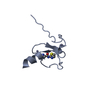
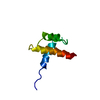
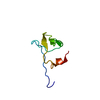
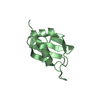
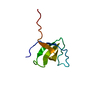
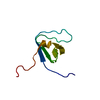
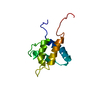
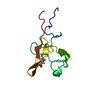
 PDBj
PDBj
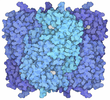

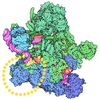
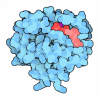
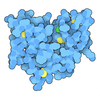
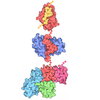
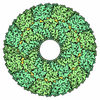
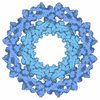


 NMRPipe
NMRPipe